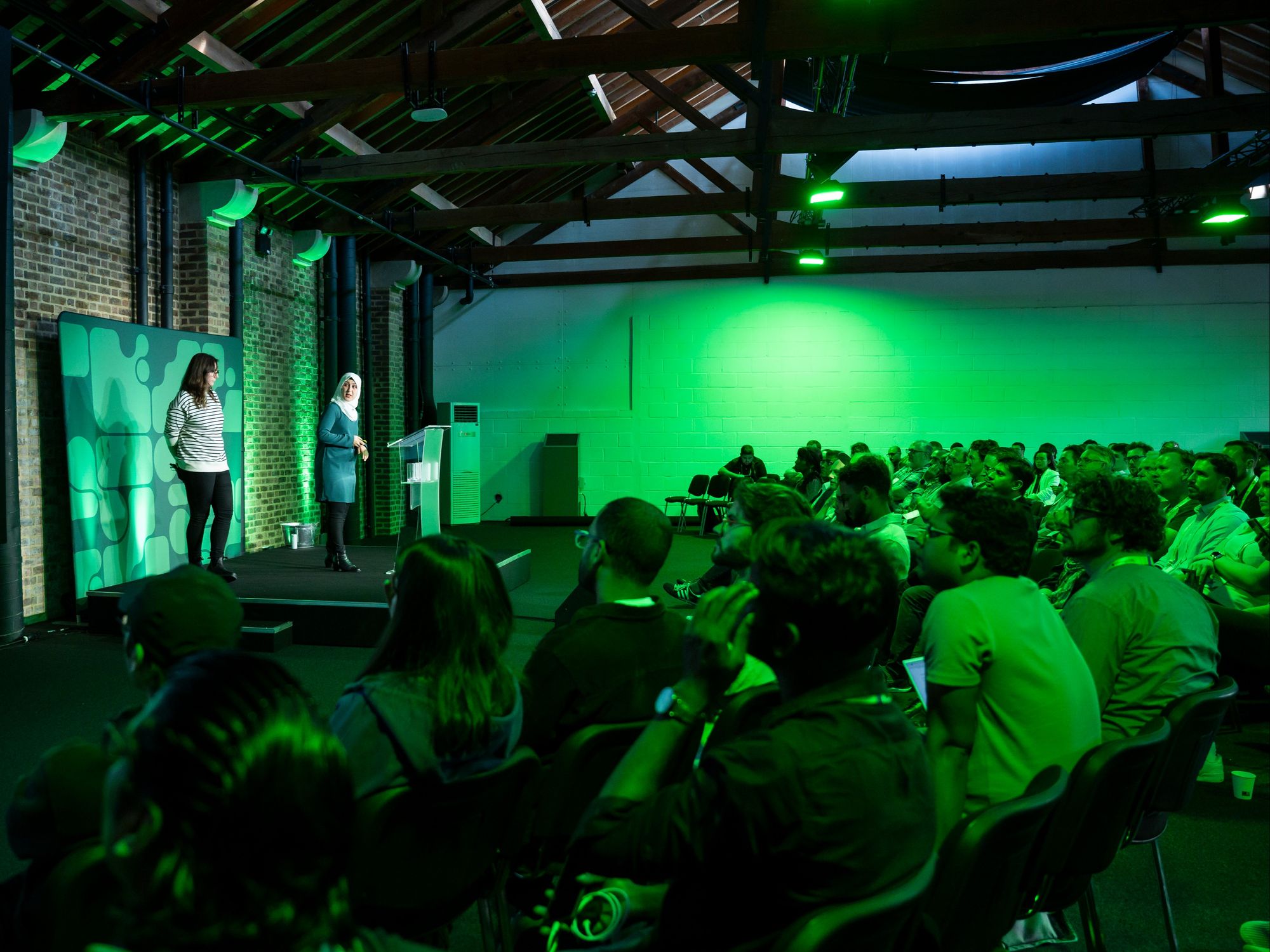MongoDB’s .local event in London this week lived up to its name with a flurry of new features that let developers build and and test applications locally in self-managed environments – with the company also boosting its ability to run the MongoDB Atlas managed cloud Database-as-a-Service (DBaaS) locally at the “Edge” in remote/poor bandwidth locations.
At the latest stop on its global tour of .local events, MongoDB also touted a flurry of new AI features, including a chatbot that lets developers ask questions of its documentation in natural language. Also particularly welcomed by customers at the event was a new AI tool that lets its MongoDB Relational Migrator convert SQL to MongoDB Query API syntax automatically for swift migrations off relational databases.
MongoDB Atlas at the Edge
Unveiling the features at the London leg of its developer conference series, the software company said the Atlas at the Edge capabilities will make it easier for organisations to deploy applications closer to where real-time data is generated, processed and stored; whether that’s devices, on-premises data centres or major cloud providers.
(MongoDB’s flexible schema has made it popular with over 44,000 customers globally. Unlike SQL databases, for which you need to determine and declare a table's schema before inserting data, MongoDB does not require documents to have the same schema; i.e The documents in a single “collection” – the equivalent of an RDBMS table – do not need to have the same set of fields. and the data type for a field can differ. Its multi-cloud managed DBaaS Atlas now accounts for over 60% of revenue and is a $1 billion+ ARR business meanwhile.)
MongoDB’s Chief Product Officer, Sahir Azam, said in a keynote: “You can now deploy Atlas edge servers anywhere…that can be a factory, an oil rig, a mobile device or a sensor, all with seamless experience and integration. This allows you to have ultra-low latency compute where the data is generated. And… process that information locally.”
Azam added that Atlas for the Edge will allow developers to build on top of Edge servers with the standard MongoDB drivers or device SDKs.
“It's seamless and natural: there’s nothing new to learn,” he said.
“You can extend your data layer even further to wearables, point of sale systems, etc, all dealing with conflict resolution automatically as well as intermittent connections. So if you have a mobile application that loses connectivity, you can still deliver a great experience and automatically synchronise the data when connectivity returns” he added at the event.
See also: MongoDB takes “Queryable Encryption” wizardry GA -- say it has improved latency, useability
Exploring this more closely, The Stack spoke with Ian Ward, Atlas Edge product manager about the new private preview of Atlas Edge Server with syncing capabilities and wire protocol access; this will work by letting organisations deploy Atlas Edge Server on any infrastructure and automatically sync operational data that is essential for applications across edge devices, on-premises locations, and the cloud.
This will give developers the option to use a pre-built, local-first data synchronisation layer for applications running on kiosks or on mobile and IoT devices. It will also help prevent data loss and improve offline application experiences, while eliminating the need for organisations to develop complex custom logic, saving development effort, he said.

“We’ve brought that device synchronisation capability so that you can have an edge server deployed in your backup office in a retailer and then you have tablet devices out in the storefront that then synchronise to that backup office automatically,” Ward told The Stack.
“And that enables them to go offline, enables them to share data, and they come back online to resolve any conflicts.”
He added that while this will empower device synchronisation use cases, it’ll also offer other benefits that device sync provides, such as conflict resolution, disconnection tolerance and real-time features.
“This is something that building a traditional MongoDB app server stack - such as the MERN stack that we all know and love - could also benefit from by enabling this capability on the edge server,” Ward added.
Edge devices powered by low-latency AI
With AI generating interest like no other technology, it’s hardly surprising that MongoDB’s Atlas for the Edge offers integrations for generative AI capabilities that it said will provide low-latency, intelligent functionality at the edge directly on devices; even when network connectivity is unavailable. For example, MongoDB's Atlas Search and newly released Atlas Vector Search tools will be able to simplify the creation of intelligent applications with search and AI capabilities that use large language model vector embeddings - the building blocks of large language models. These embeddings can be generated and stored in MongoDB Atlas and then used by edge applications powered by the Atlas Device SDK.
This platform enables the development of real-time mobile apps and facilitates tasks like image similarity searches and product defect identification. Developers can then employ the Atlas Device SDK to create, train, deploy and manage machine learning models on edge devices, using frameworks like CoreML, TensorFlow, and PyTorch for custom applications that make use of real-time data.
MongoDB Atlas for the Edge is infrastructure-agnostic and can be deployed on any server of an organisation’s choosing to simplify the synchronisation of data across sources and to MongoDB Atlas, it said.
While customers can take advantage of managed edge infrastructure like AWS Local Zones, AWS Wavelength, and AWS Outposts to process data closer to end users, it’s also available on infrastructure from other cloud providers, including Azure Stack Edge or Google Anthos.
MongoDB’s VP of Developer Relations, Matt Asay, believes the new edge capabilities will make a big difference for its customers moving forward: “Take Vodafone, for example. They’re adding a million new devices every month with all sorts of different shapes that have data stored in different formats and they need something that simplifies that,” he told The Stack in an interview after the firm’s keynote announcement.
“That's the sort of thing that we're seeing across all of our customers… the Edge news will have a big impact because it will help us to work with our customers across a wider variety of use cases.”





